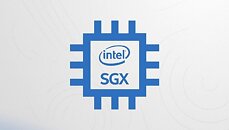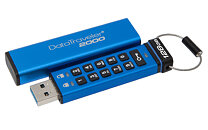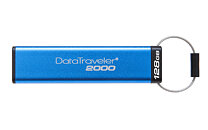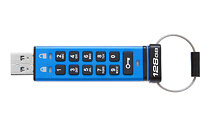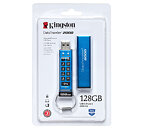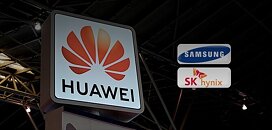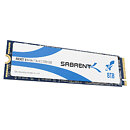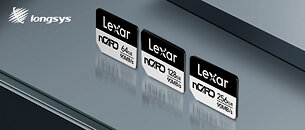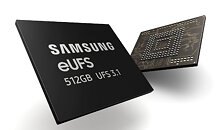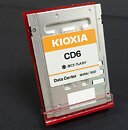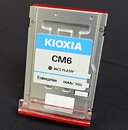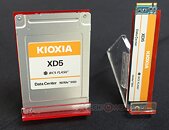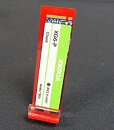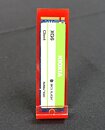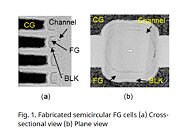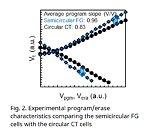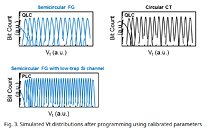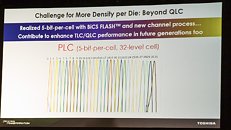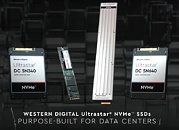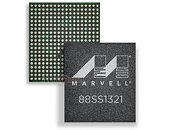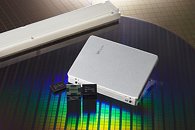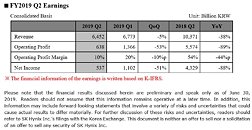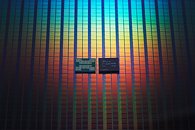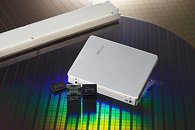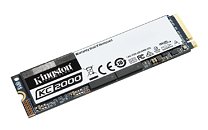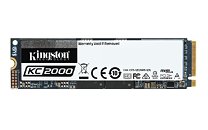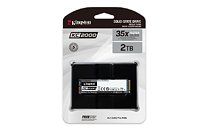
KIOXIA Unleashes Next Generation PCIe 4.0 SSDs for High-end Client Applications
KIOXIA America, Inc. (formerly Toshiba Memory America, Inc.) today unveiled the PC OEM focused KIOXIA XG7/XG7-P Series, the company's first PCIe 4.0 client solid-state drive (SSD) series for notebooks, desktops, and workstations with qualification samples currently shipping to customers. Now spanning enterprise, data center, and client segments, KIOXIA's comprehensive PCIe 4.0 SSD portfolio addresses a wide array of applications, optimizing tomorrow's data, service and content-driven world.
Built for demanding PC environments, the XG7/XG7-P Series offers 2x the sequential read speed and approximately 1.6x the sequential write speed of the PCIe Gen3 based XG6 Series1, delivering a high performance, feature-rich storage experience for content creators, gamers and professionals. With leading capacity support up to 4096 gigabytes (GBs), the XG7-P Series SSDs enable power users to take advantage of PCIe Gen4 x4 lane bandwidth and ample storage space. Furthermore, this series deploys an all-new in-house controller vertically integrated with KIOXIA's BiCS FLASH 3D flash memory, ensuring next generation feature support such as the NVMe 1.4 specification and System Management Bus (SMBus) for improved system thermal management through a sideband channel.
Built for demanding PC environments, the XG7/XG7-P Series offers 2x the sequential read speed and approximately 1.6x the sequential write speed of the PCIe Gen3 based XG6 Series1, delivering a high performance, feature-rich storage experience for content creators, gamers and professionals. With leading capacity support up to 4096 gigabytes (GBs), the XG7-P Series SSDs enable power users to take advantage of PCIe Gen4 x4 lane bandwidth and ample storage space. Furthermore, this series deploys an all-new in-house controller vertically integrated with KIOXIA's BiCS FLASH 3D flash memory, ensuring next generation feature support such as the NVMe 1.4 specification and System Management Bus (SMBus) for improved system thermal management through a sideband channel.


